Photo

Basilica of Maxentius, Rome, Italy.
Antiikin Historia ja Kulttuuri: Maxentiuksen ja Konstantinuksen Basilika (in Finnish)
#basilica of maxentius#ruins#ancient rome#roman empire#eternal city#roman emperors#ancient history#history blogs#antiikin historia ja kulttuuri#finnish#history#history lovers#history of rome#rome#italy#travel#traveling#blog#history in pictures
350 notes
·
View notes
Photo

The Curia, first Roman senate house was built by Tullus Hostilius at the northwest corner of the Forum square. The Curia which stands today was begun by Julius Caesar in 44 B.C. Rome,
#curia#roman senate#tullus hostilius#forum square#julius caesar#44bc#ancient rome#romans#ancient#roman empire#eternal city#rome#italy#ruins#ancient history#history of rome#history of the ancient world#history#history lovers#historians on tumblr#travel#traveling
298 notes
·
View notes
Photo
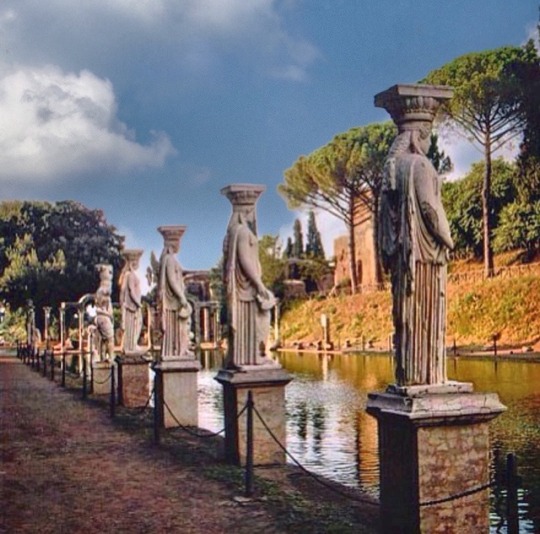
Hadrian's Villa in Tivoli. Tivoli (the Ancient Tibur, 23 kilometers from Rome) is the site of an imposing architectural complex, Hadrian's Villa. Built between the years 118 and 134. It were meant to remind emperor Hadrian of the places he most loved in Greece and the Near East. Hadrian's Villa is one of Italian UNESCO World Heritage Sites.
#hadrians villa#tivoli#ancient tibur#italy#architectural complex#hadrian#roman emperor#romans#roman empire#ancient rome#eternal city#rome#ancient history#ancient world#history of rome#history of the ancient world#historians on tumblr#history lovers#history#travel#traveling
197 notes
·
View notes
Photo

Hadrian's Villa in Tivoli. Tivoli (the Ancient Tibur, 23 kilometers from Rome) is the site of an imposing architectural complex, Hadrian's Villa. Built between the years 118 and 134. It were meant to remind emperor Hadrian of the places he most loved in Greece and the Near East. Hadrian's Villa is one of Italian UNESCO World Heritage Sites.
#hadrians villa#tivoli#ancient tibur#architectural complex#hadrian#roman emperor#romans#ancient rome#roman empire#ancient history#ancient world#ancient#history#history lovers#italy#travel#traveling#unesco
242 notes
·
View notes
Photo
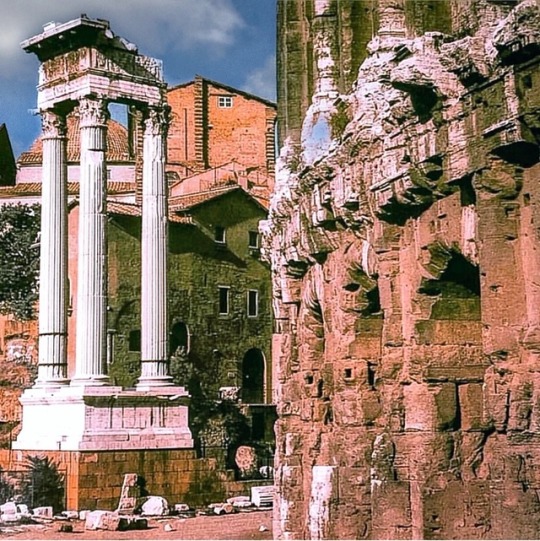
Three remaining columns of the Temple of Apollo which was situated in front of the Theater of Marcellus. Rome, Italy.
#temple of apollo#columns#theater of marcellus#ancient#ancient temple#ancient rome#romans#roman empire#eternal city#history#history lovers#historians on tumblr#history of the ancient world#rome#italy#travel#traveling#history of rome
606 notes
·
View notes
Photo

Head of Ares - after Greek original by Alkamenes 420 B.C. at the State Hermitage Museum, St. Petersburg, Russia.
#head of ares#greek#alkamenes#420bc#ancientgreece#ancient history#ancient world#history of the ancient world#history#history lovers#hermitage#museum#st petersburg#russia
387 notes
·
View notes
Photo
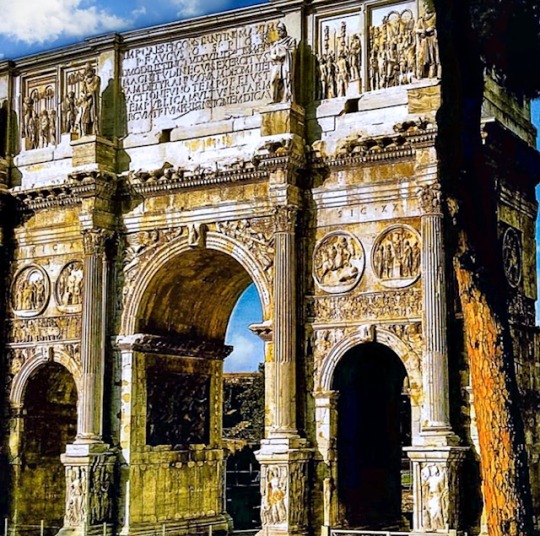
The Arch of Constantine is a triumphal Arch in Rome, situated between the Colosseum and The Palatine Hill. It was erected by the Roman Senate to commemorate Constantine’s Victory over Maxentius at the battle of Milvian Bridge on October 28, 312. The Arch is 21m high, 25,9m wide and 7,4m deep. It has three archways, the central one being 11,5m high and 6,5m wide, the lateral archways 7,4m by 3,4m each. The top, called attic, is a brickwork reveted with marble. A staircase formed in the thickness of the each arch is entered from a door at some height from the ground, in the end towards the Palantine Hill. Rome, 🇮🇹 .
#arch of constantine#triumphal arch#constantine#roman emperor#ancient rome#roman empire#romans#ancient#eternal city#ancient history#ancient world#history of the ancient world#history of rome#history#history lovers#historians on tumblr
380 notes
·
View notes
Photo

San Pietro in Vincoli (Saint Peter in Chains) is a Roman Catholic titular church and minor basilica in Rome, Italy, best known for being the home of Michelangelo's statue of Moses, part of the tomb of Pope Julius II. Rome, Italy.
#san pietro in vincoli#saint peter in chains#roman catholic#church#basilica#moses#statue#michelangelo#tomb of pope julius ii#roman empire#eternal city#history#history of rome#rome#italy
317 notes
·
View notes
Photo
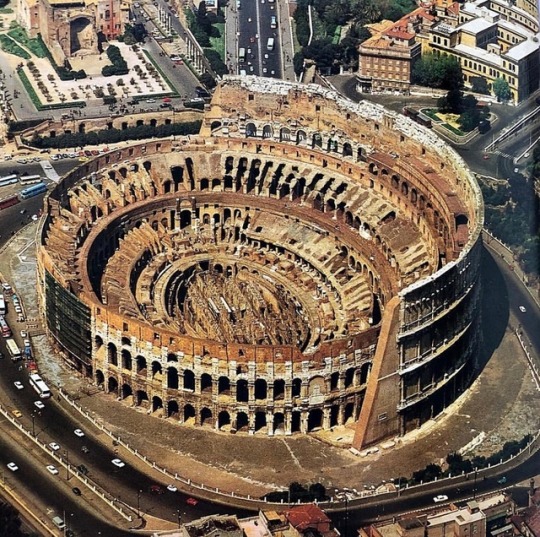
Beautiful bird view of the Colosseum. Photographer unknown. Rome, Italy.
#colosseum#amphitheater#flavian amphitheatre#gladiators#bird view#ancient#ruins#ancient rome#roman empire#romans#eternal city#ancient history#history of rome#ancient world#history#history lovers#rome#italy#travel#traveling
2K notes
·
View notes
Photo
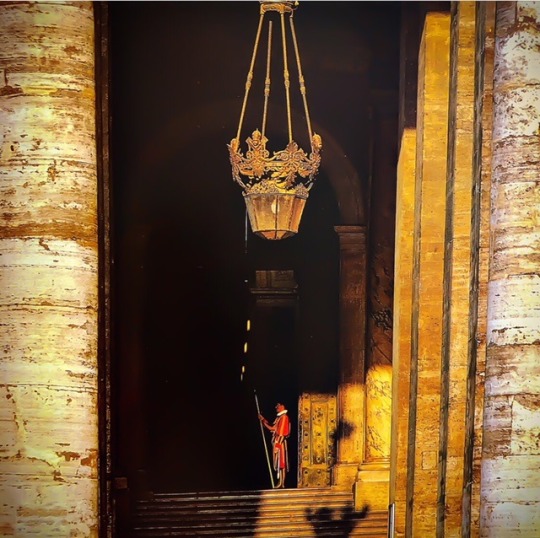
The Swiss Guard at the bronze gate, Vatican, Rome, Italy.
#swiss guard#bronze gate#vatican#vatican city#eternal city#roman empire#history#history of rome#rome#italy
127 notes
·
View notes
Photo
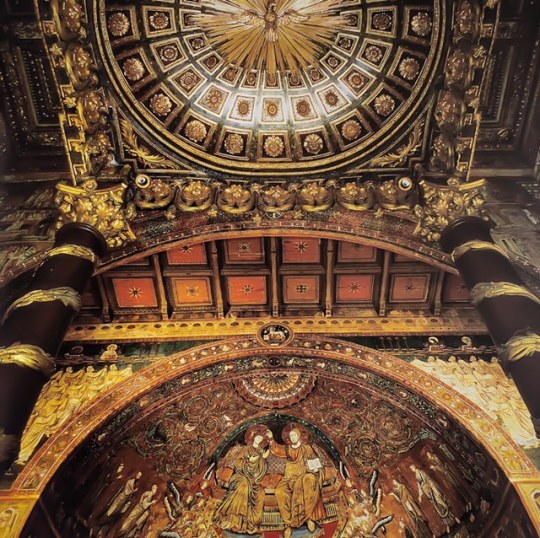
The mosaic from the apse of Santa Maria Maggiore by Jacopo Torriti, completed in 1296. Rome, Italy.
#mosaic#apse#santa maria maggiore#jacopo torriti#art#art history#history of art#art lovers#1296#history#history of rome#roman empire#eternal city#rome#italy
203 notes
·
View notes
Photo
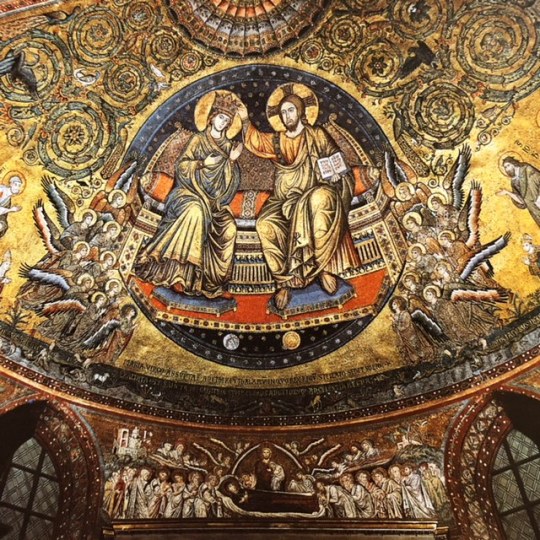
Mosaic from the apse of Santa Maria Maggiore depicting Christ crowning the Virgin. Rome, Italy.
#mosaic#apse#santa maria maggiore#christ#virgin#crowning#art#rome#italy#history#eternal city#roman empire#history of rome
193 notes
·
View notes
Photo

Detail of the bronze Baldacchino in St. Peter's basilica, made from a design by Bernini between 1624-1633. Vatican, Rome, 🇮🇹
#detail#baldacchino#bronze#st peter's basilica#bernini#art#art history#history of art#art lovers#vatican#eternal city#roman empire#history#history of rome#history lovers#rome#italy
206 notes
·
View notes
Photo
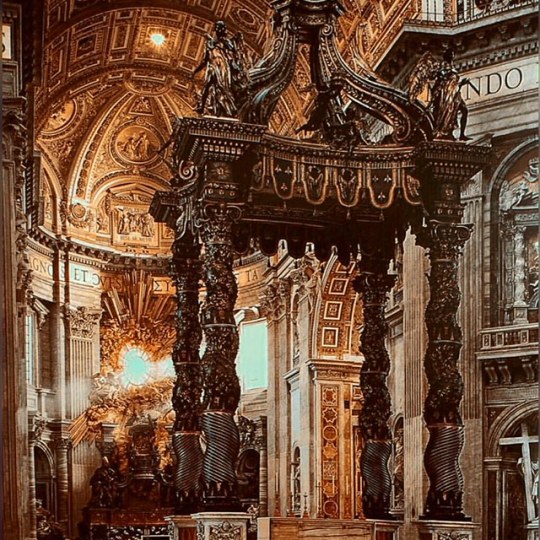
The bronze Baldacchino in St. Peter's basilica, made from a design by Bernini between 1624-1633. Vatican, Rome, Italy.
#baldacchino#bronze#st. peters basilica#bernini#art#artlovers#history of art#art history#vatican#vatican city#roman empire#eternal city#history#history of rome#history lovers#rome#italy
281 notes
·
View notes
Photo
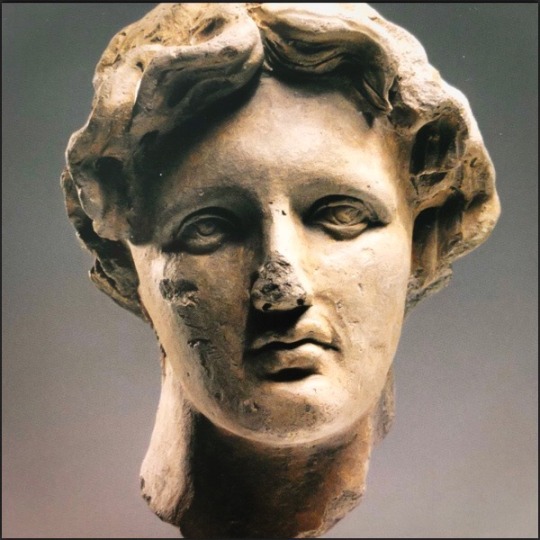


Head of a man
Campania, 3rd century BC.
The head of a young man with wavy hair falling over the middle of the forehead. The physiognomic features correspond to one of the types of iconography of Alexander, a much earlier and better known example which is the bone portrait of the king found in the tomb of Philip II at Vergina (Archaeological Museum, Vergina).
The same image appears in a mosaic in the House of the Faun at Pompeii, depicting the battle of Alexander and Darius, assumed to be a reproduction of a painted original. That would have been the magnificent work mentioned by Pliny, painted by Philoxenes from Eretria for Cassander´s palace in Pella in the last years of Alexander´s life or shortly after his death. At the same time, the treatment of the terracotta to make it look like a work in bronze, such as the use of the chisel to mark pupils and irises, the small lines at the corners of the lips and the manner of portraying locks of hair, are characteristic of Italian work.
Source: The Immortal Alexander the Great, Hermitage Amsterdam 2010.
#alexander the great#hermitage amsterdam#2010#the immortal alexander the great#museums#campania#3rd century bc#head of a man#pella#macedonia#ancient greece#ancient history#ancient world#history#historylovers#historians on tumblr#history of the ancient world
977 notes
·
View notes
Photo
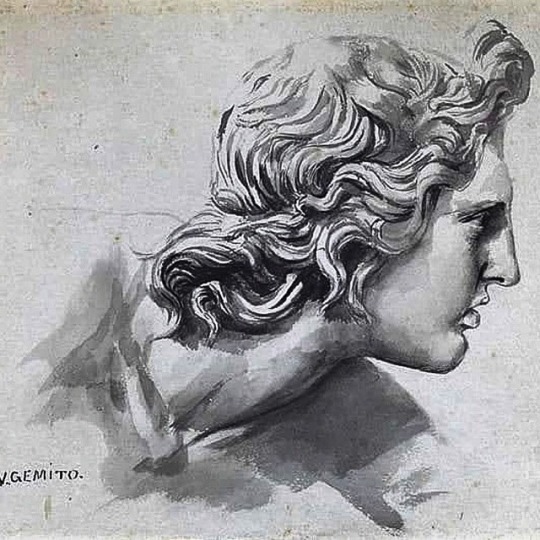
Beautiful drawing of Alexander the Great by Vincenzo Gemito.
3K notes
·
View notes
Photo

Acropolis of Athens, Greece, 1961.
#acropolis#athens#greece#ancient greece#ancient history#ancient world#old photo#1961#history#historylovers
202 notes
·
View notes